Prevent taste and odour problems
The performance of drinking water treatment plants is consistent with the amount of contamination in the water. Growth of algae and biofouling in a treatment plant can cause various problems within the process including: clogging of intake screens, fouling of weirs, increased chlorine demand, tastes/ odours, and the release of toxins.
Control algae, cyanobacteria and fouling efficiently with LG Sonic ultrasound to reduce taste and odor problems in the water treatment plant.
Talk to an expert
Benefits of ultrasonic algae treatment
Lower chemical expenses
Improve operations of filters and pipes
Prevent toxic algal blooms

Biofouling water treatment plants
- Low-power ultrasound, no cavitation
- No release of algal toxins
- 100% safe for the environment
Biofouling in drinking water systems has detrimental effects such as microbiological and chemical deterioration in water quality, corrosion-inducing effects, and efficiency-reducing effects in water treatment processes.
The growth of algae, cyanobacteria and bacteria within the basins of the plant itself increases the demand of chemicals or filtration and in turn creates problems with THM (trihalomethane) formation.
Algae and biofouling-related problems are also often seen in sand filers, flocculation chambers, clarifiers and coagulation tanks.
MPC-Buoy
All-in-one solution for controlling algae in drinking water reservoirs.

Questions?
Receive more information and a free quotation.
keep your knowledge up to date
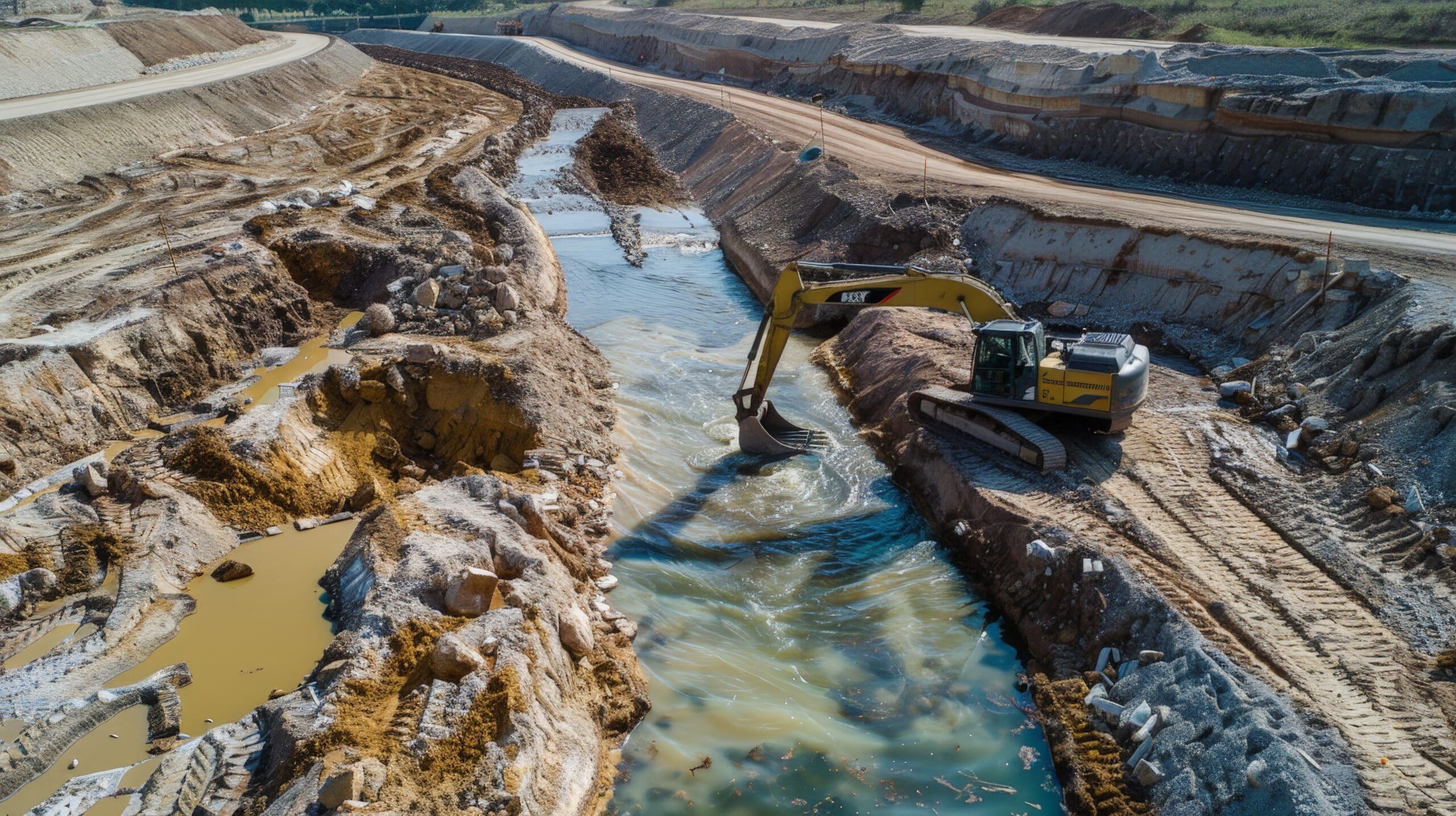
From Drain to Gain: Reinventing Water Use in Mining Industry
Read More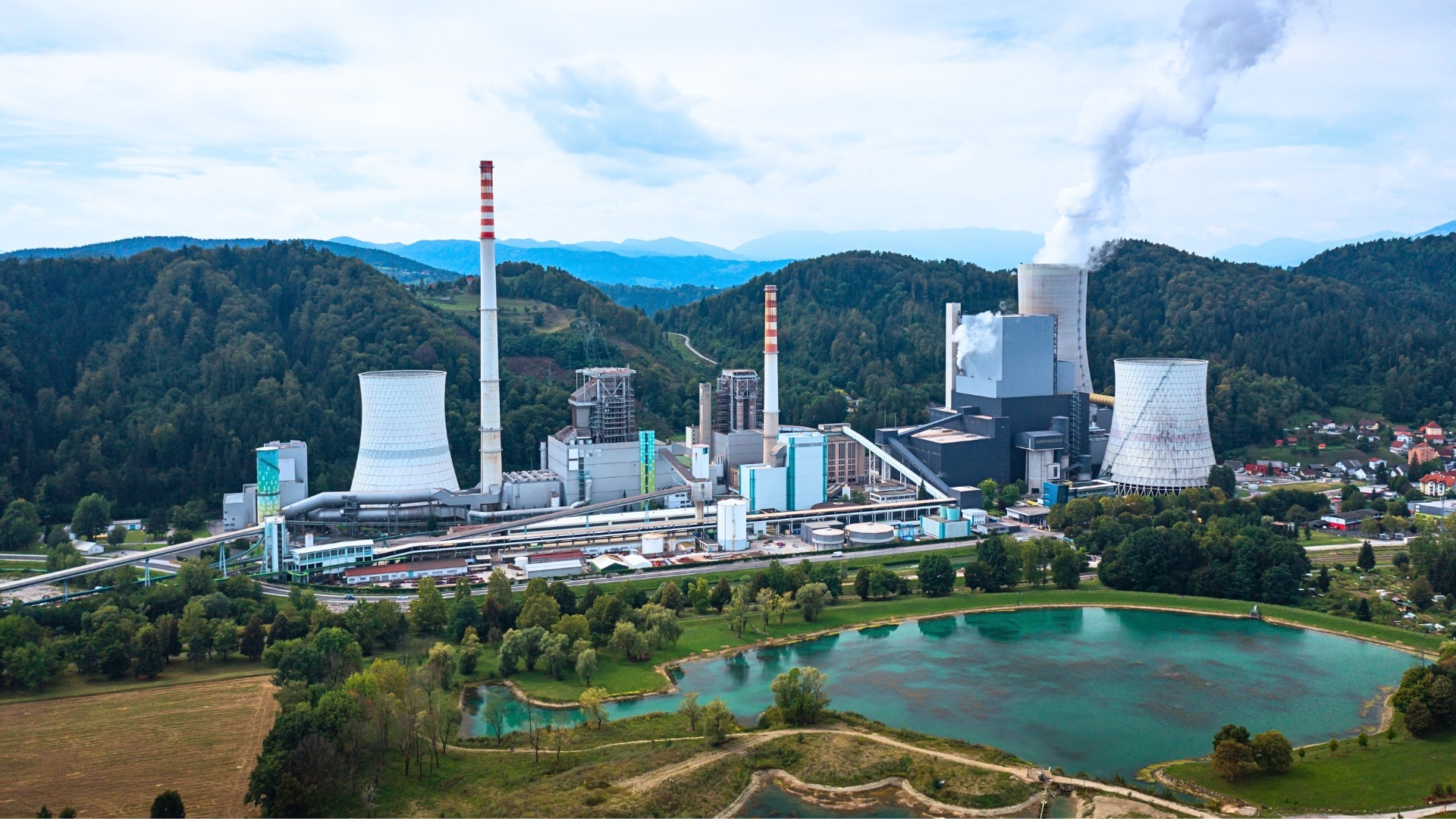
Cutting Power Generation Costs with Algae-Free Systems
Read More
Dutch King and Queen Visit Kenya to Strengthen Water and Climate Ties
Read More
LG Sonic at Aquatech Amsterdam 2025
Read More
The Future of Wastewater Management with Smart Technology
Read More
How Algae-Free Waterbodies Boost Agricultural Productivity
Read More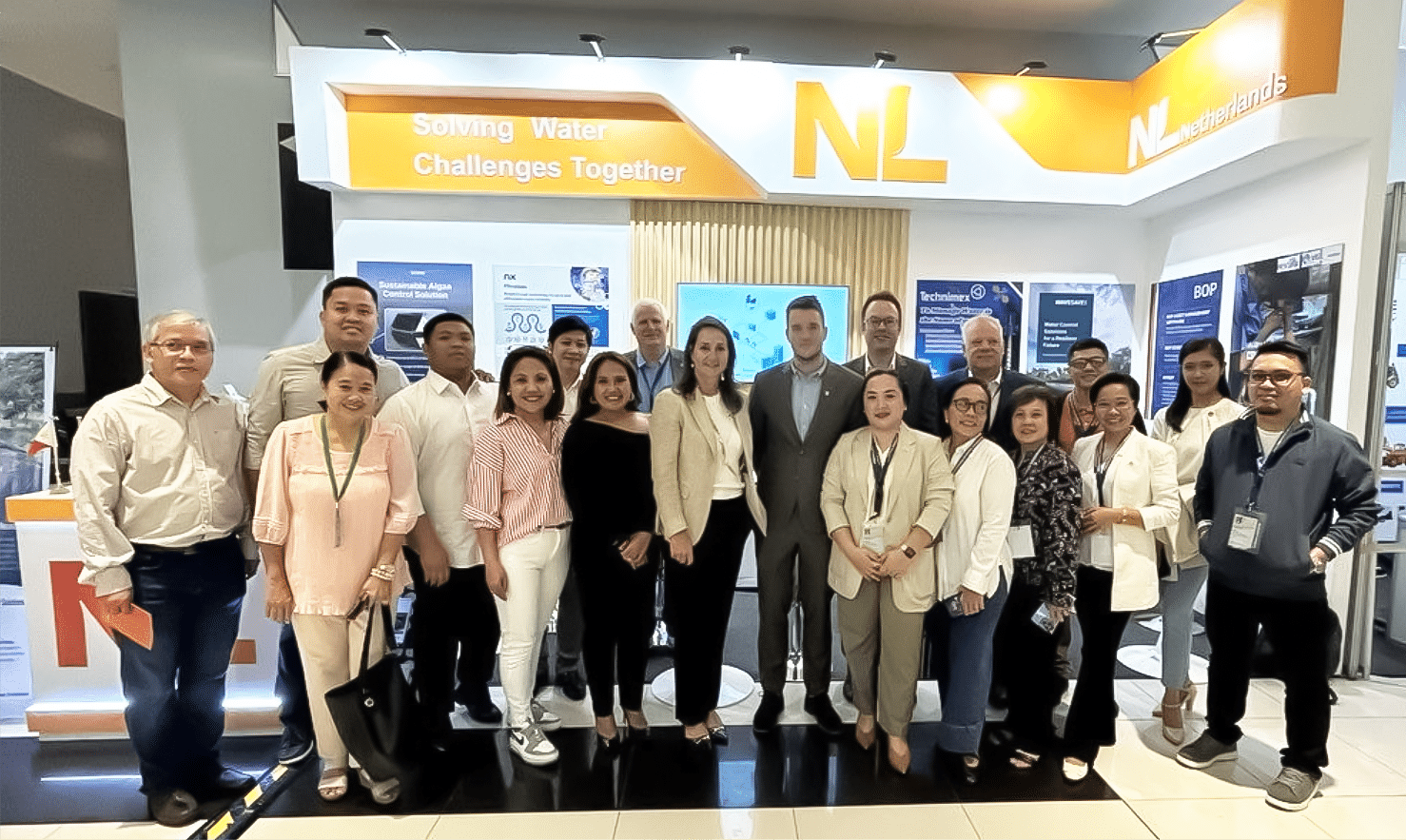
LG Sonic at PAWD 2025: Collaborating for a Sustainable Water Future
Read More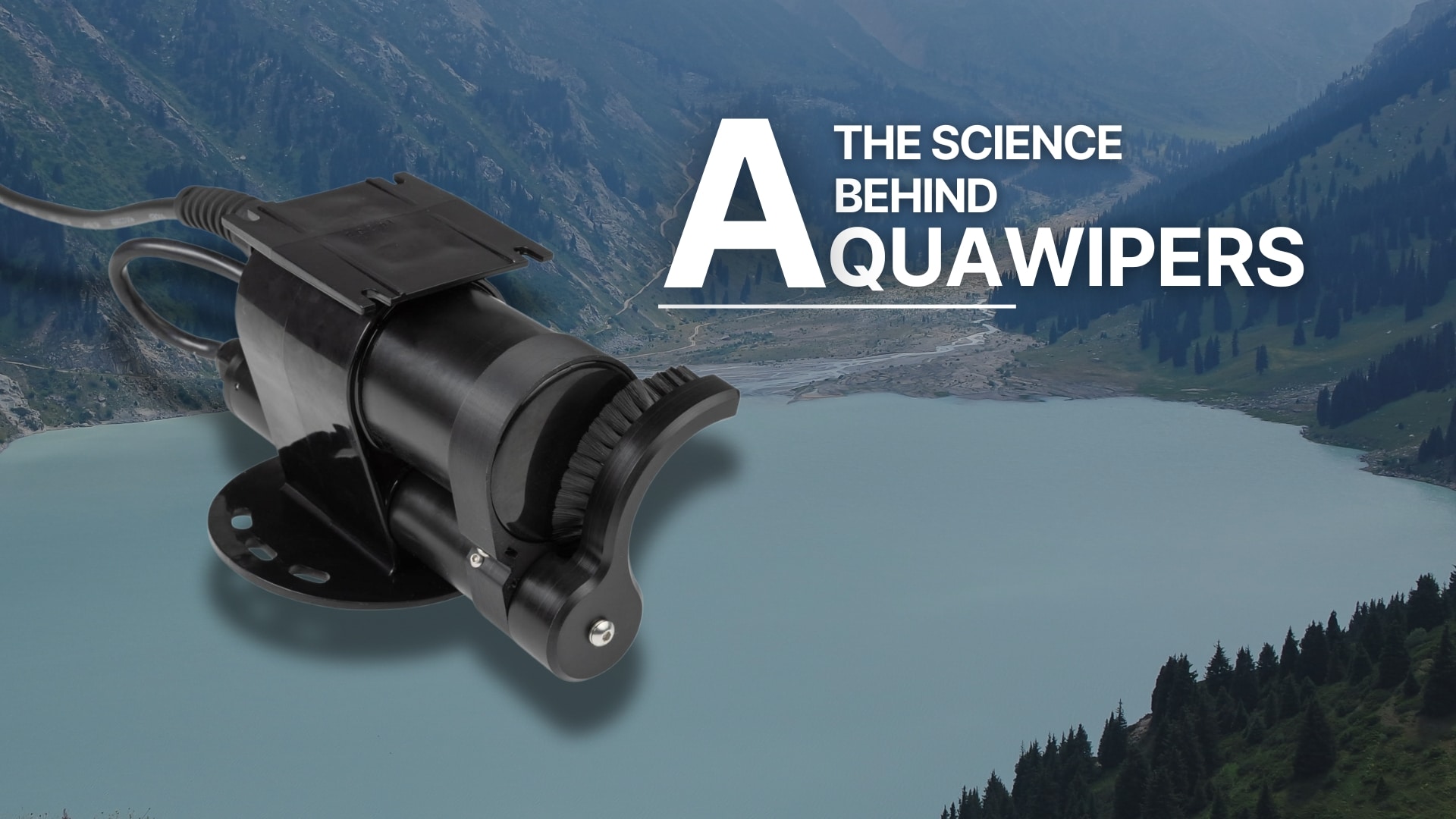
AquaWiper: No Biofouling, No Downtime and No Manual Cleaning
Read More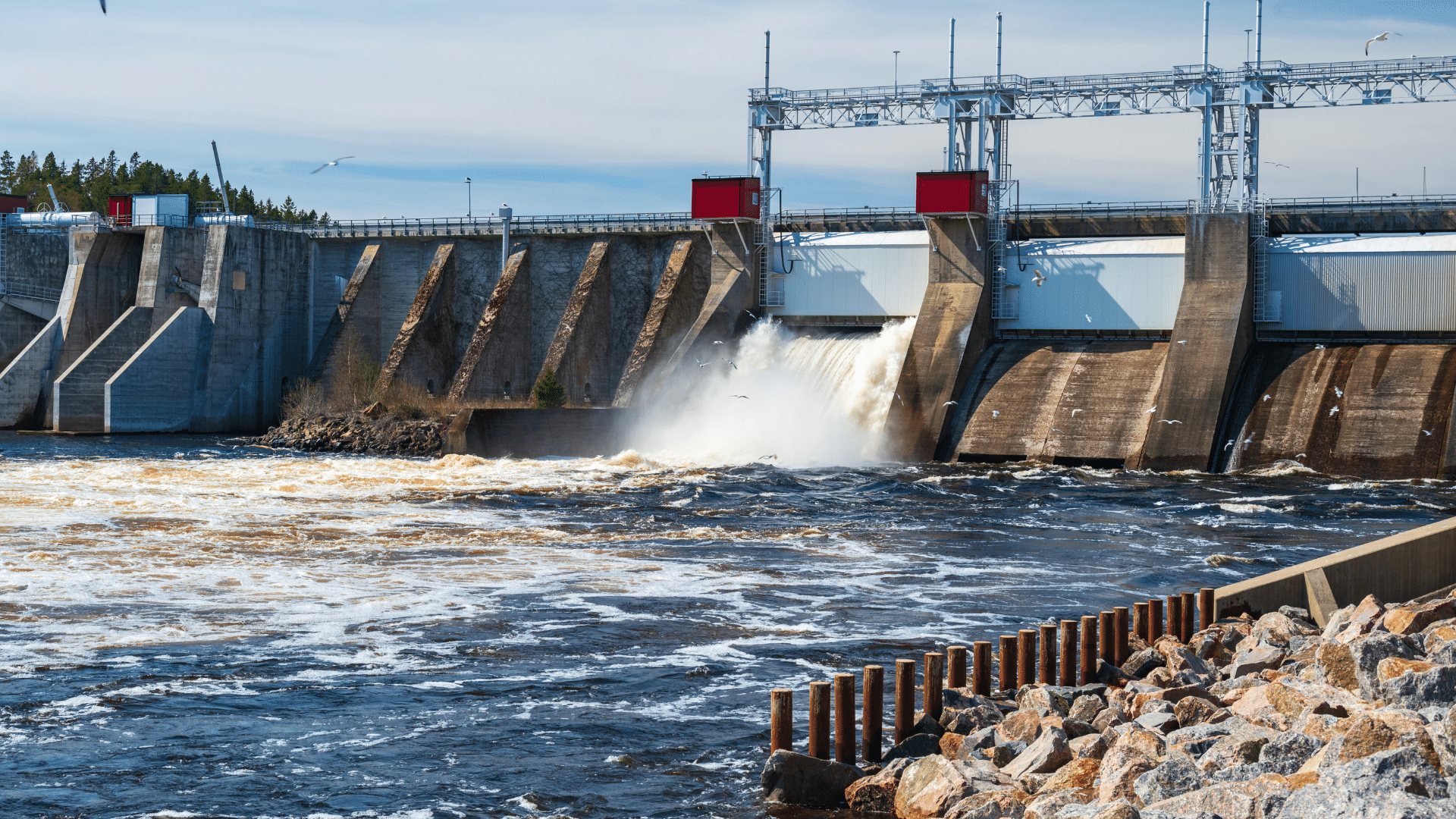
Emerging Water Trends in 2025: What Utilities Need to Know
Read MoreFrequently asked questions
-
What is the impact of LG Sonic ultrasound on zooplankton?
Recent studies commissioned by the Dutch water board and conducted by research agency Ecofide have concluded that the LG Sonic ultrasound is safe for fish, plants, zooplankton, and other aquatic organisms.
-
Why control the algae if nutrients are the problem?
Reducing nutrients is, of course, also necessary but difficult to achieve, even in the long-term. The majority of nutrient management methods are costly and require frequent dosing with unknown side-effects for the aquatic ecosystem. Besides, the duration and intensity of algal bloom events is strongly depended not only on nutrients but also on a combination of environmental factors, such as climate change, weather patterns, and an unbalanced ecosystem.
-
What kind of water does your ultrasound work in?
The MPC-Buoy technology can be installed in freshwater, salt water, and brackish water.
-
What’s the largest water body that has LG Sonic implemented? Any issues linking many buoys?
We have multiple projects with large numbers of MPC-Buoy units installed. For example, in Dominican Republic, 50 MPC-Buoys are in operation in a 7km2 reservoir. The buoys communicate with each other for optimal treatment.
-
What's the minimum depth of water required for LG Sonic treatment?
We recommend a minimum water depth of 3 feet / 1 meter.









